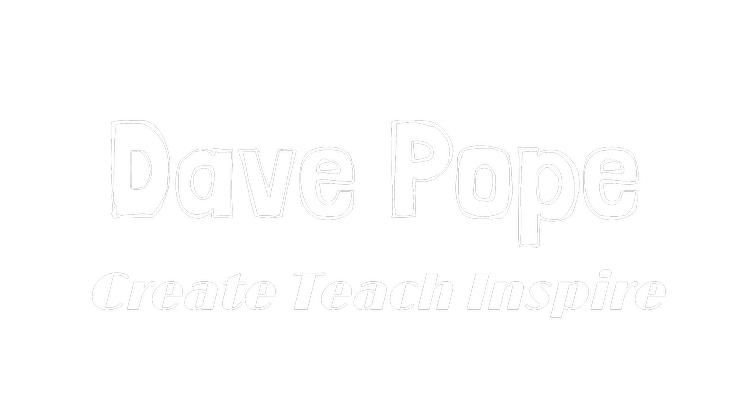In the ever-evolving landscape of business, one thing remains constant: the heart of any thriving company is its culture. A strong company culture doesn't just happen; it is cultivated, and one potent way to do so is through eLearning. By harnessing the power of digital education, companies can nurture a culture that values learning, growth, and leadership, setting the foundation for long-term success.
1. Empowering Employees Through Ongoing Skills Training:
Companies that invest in eLearning are investing in their most valuable asset: their employees. Ongoing skills training provides employees with opportunities to refine and expand their knowledge and abilities. In this rapidly changing world, staying up-to-date with the latest industry trends and technologies is critical. eLearning allows employees to access valuable resources at their convenience, empowering them to adapt and excel.
By fostering a culture of continuous learning, employees are not only better equipped to perform their current roles but are also more adaptable, innovative, and resilient. They develop a growth mindset, seeing challenges as opportunities for learning and improvement, which is a cornerstone of a thriving company culture.
2. Preparing Employees for Leadership Roles:
Great company culture is marked by its commitment to developing leaders from within. eLearning is a powerful tool to prepare employees to take that next step into leadership roles. Top-tier training programs, often accessible through eLearning platforms, equip employees with the skills and knowledge necessary to lead teams and navigate complex business challenges.
Leadership development goes beyond teaching practical skills. It cultivates qualities like empathy, effective communication, and problem-solving. As employees progress through leadership training, they not only become more capable but also aligned with the values and mission of the company. This shared sense of purpose fosters unity, strengthens the culture, and ensures that leadership emerges from the ranks of those who deeply understand and appreciate the organization.
3. A Foundation of Learning and Value:
A strong company culture is not about empty buzzwords or slogans; it is a living, breathing entity founded on genuine principles. A culture that values people and learning is one that prioritizes the growth and well-being of its employees. eLearning initiatives underscore a commitment to their professional development and overall happiness, which, in turn, leads to higher job satisfaction and retention.
Furthermore, a culture that values learning encourages employees to openly share their knowledge, fostering collaboration and innovation. When employees feel valued, supported, and encouraged to learn and grow, they are more likely to contribute to the company's success enthusiastically.
In conclusion, eLearning is a dynamic and effective tool to build and strengthen a company culture rooted in learning, growth, and leadership. Employees who have access to continuous skills training and top-tier education programs are better equipped to thrive in their current roles and advance into leadership positions. By investing in the development of their employees, companies create a firm foundation for a culture that truly values its people and the power of knowledge, a culture that can weather any storm and emerge even stronger.













